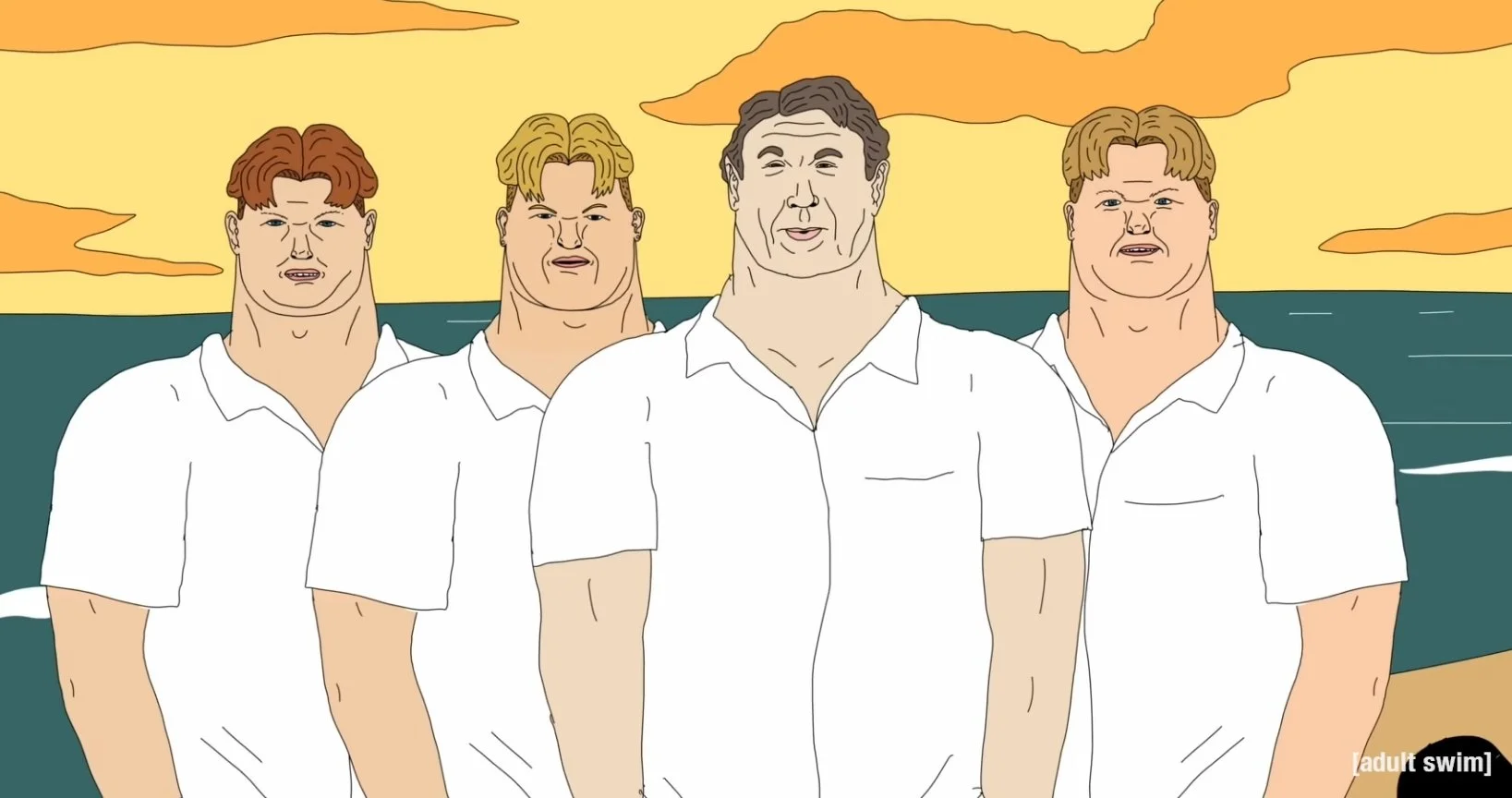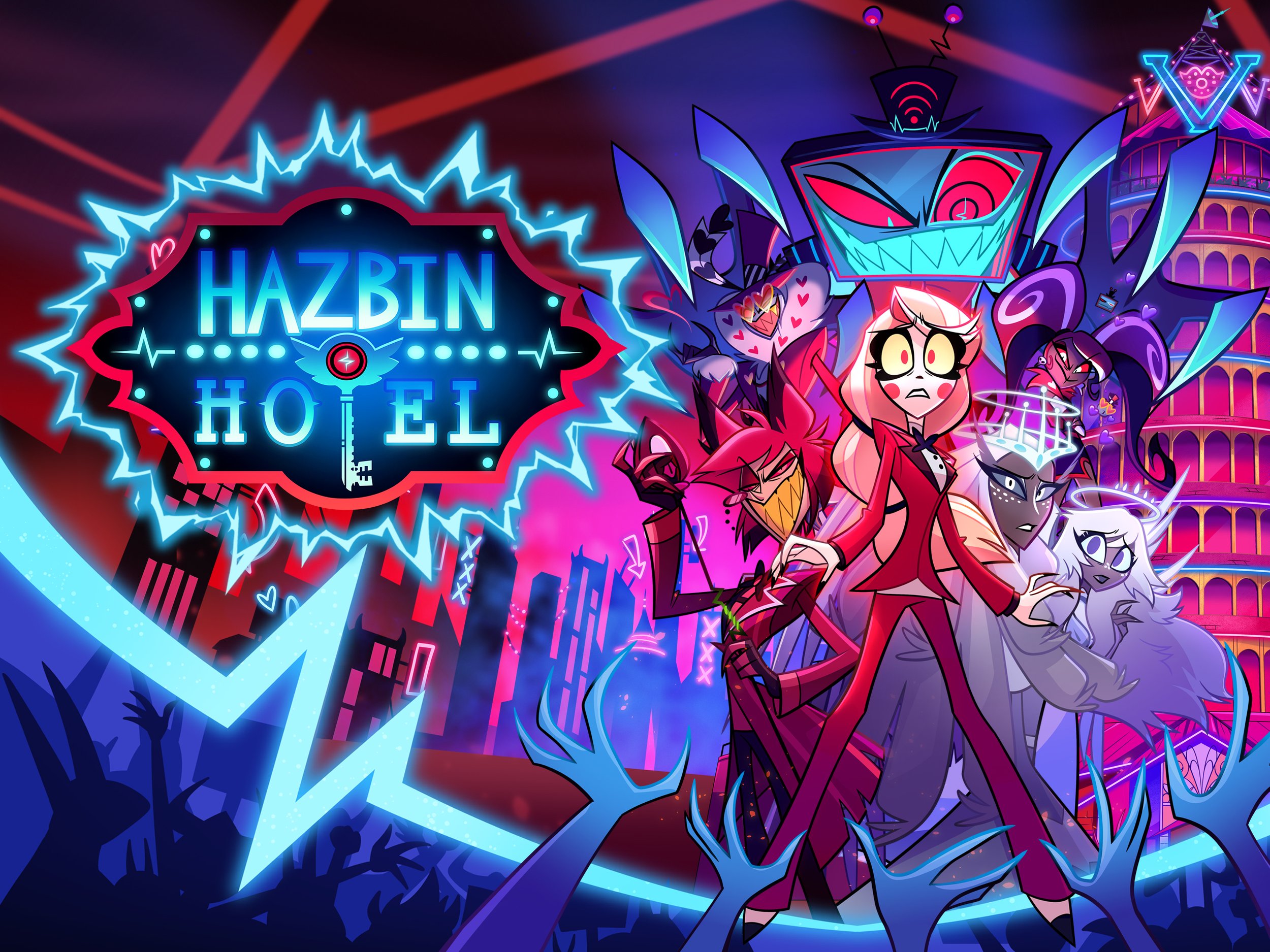The Evolution of Death in Media: From Heroic Spectacle to Sudden Absence
Death has always been one of the most powerful tools in storytelling. From ancient myths to modern interactive media, creators use the loss of characters to shape narratives, test moral boundaries, and stir emotion. Yet the way that death is represented has changed across time. In older works, deaths were often drawn out. The camera or stage lingered, time seemed to slow, and the character was allowed final words or gestures, allowing the audience the emotional release of closure.
In recent decades, however, a shift has taken place. In works such as The Last of Us or Game of Thrones, characters can die suddenly, often mid-conversation or without any foreshadowing. The narrative does not pause to process the moment, and both characters and audiences are left with unresolved absence. This article argues that the shift reflects a transformation not only in artistic convention but also in cultural psychology. By moving from heroic spectacle to sudden absence, contemporary media mirrors real experiences of grief and trauma, denies closure, and confronts audiences with the unsettling reality that death is often random and unresolved.
Death as Spectacle: The Traditional Mode
For most of literary and cinematic history, character death was portrayed as a kind of ritual. In Greek tragedies, deaths were accompanied by laments and formal recognition. Aristotle described tragedy as producing catharsis, a purging of pity and fear. The extended treatment of death gave audiences a way to process grief in a controlled, almost therapeutic way.
Shakespeare followed this model. His protagonists do not simply fall. They speak, reflect, and are often granted lines that cement their meaning in the story. The stage slows to allow audiences to feel the gravity of the moment.
Film inherited this ritualized mode. In classic war films or epics, characters who died often did so slowly, with music swelling in the background, granting them the dignity of final words. Even villains could be given moments of recognition or redemption before the end.
Early video games also leaned on spectacle. When a major character died, it was often accompanied by a cinematic sequence, long pauses, and emotional music. Players were given time to grieve within the safe space of the story.
From a psychological perspective, these drawn-out portrayals served a similar function to real-world mourning rituals such as funerals or wakes. Psychologists such as Freud noted that mourning involves gradually detaching emotional energy from the lost person. Structured rituals provide space for this process. By slowing down and dramatizing death, traditional media gave the audience both narrative and emotional closure.
The Abrupt Death: A Contemporary Turn
In contemporary storytelling, particularly in television, film, and games, this pattern has changed. Death is often depicted as sudden, unanticipated, and unceremonious. In The Last of Us, for example, several major characters die abruptly, sometimes mid-sentence, without time for goodbyes or narrative closure. In Game of Thrones, beloved or central figures are often killed without warning, sometimes in the middle of otherwise ordinary conversations. Cinema has also followed this trend. In No Country for Old Men, several deaths occur off-screen or in passing, denying the audience any sense of spectacle or closure.
These moments feel more like real life. Death intrudes suddenly, interrupting ongoing plans and relationships. Instead of ritualizing the moment, the narrative withholds meaning. The audience experiences shock, disorientation, and unresolved grief.
Psychology of Traditional vs. Sudden Death
To understand why this evolution matters, it is important to consider the psychology of how we experience loss.
Catharsis and Ritual
In the traditional model, death scenes gave audiences time to experience what psychologists call anticipatory mourning. Elisabeth Kübler-Ross, in her work on the stages of grief, highlighted how people often move through denial, anger, bargaining, depression, and acceptance. When a death is drawn out on screen, audiences are allowed to experience a condensed version of this process. The slow build and the presence of “last words” function like the rituals of funerals: they give structure to emotion and help transform chaotic grief into something meaningful.
In Freudian terms, mourning requires time for the psyche to detach from the lost object. Ritualized deaths in media mirrored this process, providing viewers with the psychological safety to feel loss and then let go.
Sudden Loss and Trauma
In contrast, abrupt deaths mirror the experience of traumatic loss. Trauma psychologists note that sudden, unexpected deaths often leave survivors with what is called “unfinished grief.” Because there is no chance to prepare, the mind struggles to integrate the loss into its existing framework. This leads to shock, intrusive thoughts, and difficulty accepting reality.
When audiences witness a sudden death in media, they are placed in this psychological position. The lack of closure leaves the grief unresolved. Instead of catharsis, the audience feels destabilization. This mirrors the way sudden bereavement functions in life: survivors often replay the moment, unable to move past it.
Realism and Existential Awareness
From a cognitive perspective, the shift toward sudden deaths heightens realism. Research in existential psychology, particularly the work of Ernest Becker in The Denial of Death, argues that much of culture is designed to protect us from awareness of mortality. Traditional portrayals of death served this protective function by imbuing loss with dignity and meaning. Modern portrayals remove that protection. By showing death as abrupt and meaningless, media forces audiences to confront existential fragility.
Expectation and Subversion
Modern audiences are also more aware of narrative tropes than in earlier eras. A long, heroic death scene can now feel predictable, even manipulative. By denying this pattern, sudden deaths subvert expectations. Viewers and players are shocked precisely because they are deprived of what they subconsciously anticipated: music, farewell speeches, or narrative resolution.
In game studies, this can be described as breaking immersion in order to heighten immersion. When a character in The Last of Us dies without warning, the world suddenly feels dangerous and unpredictable. The player is reminded that safety is an illusion. Similarly, in Game of Thrones, the repeated refusal to give characters ritualized endings built a reputation for unpredictability. This heightened engagement because audiences could no longer trust that the story would protect them.
Cultural Shifts: Why Abruptness Now?
The evolution of death in media does not occur in a vacuum. It reflects cultural and historical changes.
Global Trauma and Instability. Since the beginning of the 21st century, events such as terrorist attacks, economic collapse, mass shootings, and pandemics have made sudden, unanticipated loss more familiar to collective experience. Stories that present death as abrupt may feel truer to contemporary life than heroic, ritualized portrayals.
The Rise of Trauma Culture. Scholars note that modern media often reflects collective trauma. Horror films, prestige television, and video games frequently center on sudden loss and its psychological aftermath. Audiences are drawn to narratives that help them process the instability of the world.
The Demand for Realism in Interactive Media. Games, in particular, benefit from abrupt portrayals because unpredictability heightens immersion. If players know that characters will always receive long farewells, the world feels scripted. Sudden deaths make the experience more like life, where plans are interrupted and safety is not guaranteed.
Subversion as Engagement. In an age of saturated media, shocking audiences has become a way to stand out. By denying narrative closure, storytellers force conversation and reflection. Sudden deaths resonate not because they provide answers, but because they leave audiences with haunting questions.
Emotional Consequences: The Weight of Absence
The key difference between traditional and modern portrayals lies in how the audience is left to feel afterward.
In traditional depictions, the slow, ritualized death scene provides permission to grieve and then to move on. The character’s arc is closed, meaning has been established, and the audience is given release.
In contemporary portrayals, the abruptness denies this release. The absence lingers. Psychologists refer to this as “ambiguous loss” when applied to real life: a type of grief that is unresolved because closure is missing. In fiction, this creates a similar effect. The death feels less like a narrative event and more like a rupture.
This effect can be emotionally painful, but it is also profoundly immersive. It asks the audience to carry the weight of absence, just as people do in reality when loved ones are lost suddenly.
Simply Put: Death Without Conclusion
The evolution of death in media reflects a deep cultural and psychological transformation. Traditional portrayals emphasized ritual, catharsis, and closure, giving audiences the safety of meaning and the permission to let go. Contemporary portrayals often emphasize suddenness, absence, and unresolved loss. This change mirrors the realities of trauma and the randomness of mortality, resonates with modern cultural anxieties, and forces audiences to experience grief in ways that are closer to lived reality.
In works like The Last of Us, Game of Thrones, and many modern films, death is no longer a spectacle that offers closure. It is instead a sudden rupture that denies resolution. In doing so, contemporary media not only reshapes narrative form but also confronts audiences with the truth that in life, endings are rarely neat, closure is often absent, and loss comes with little warning.






